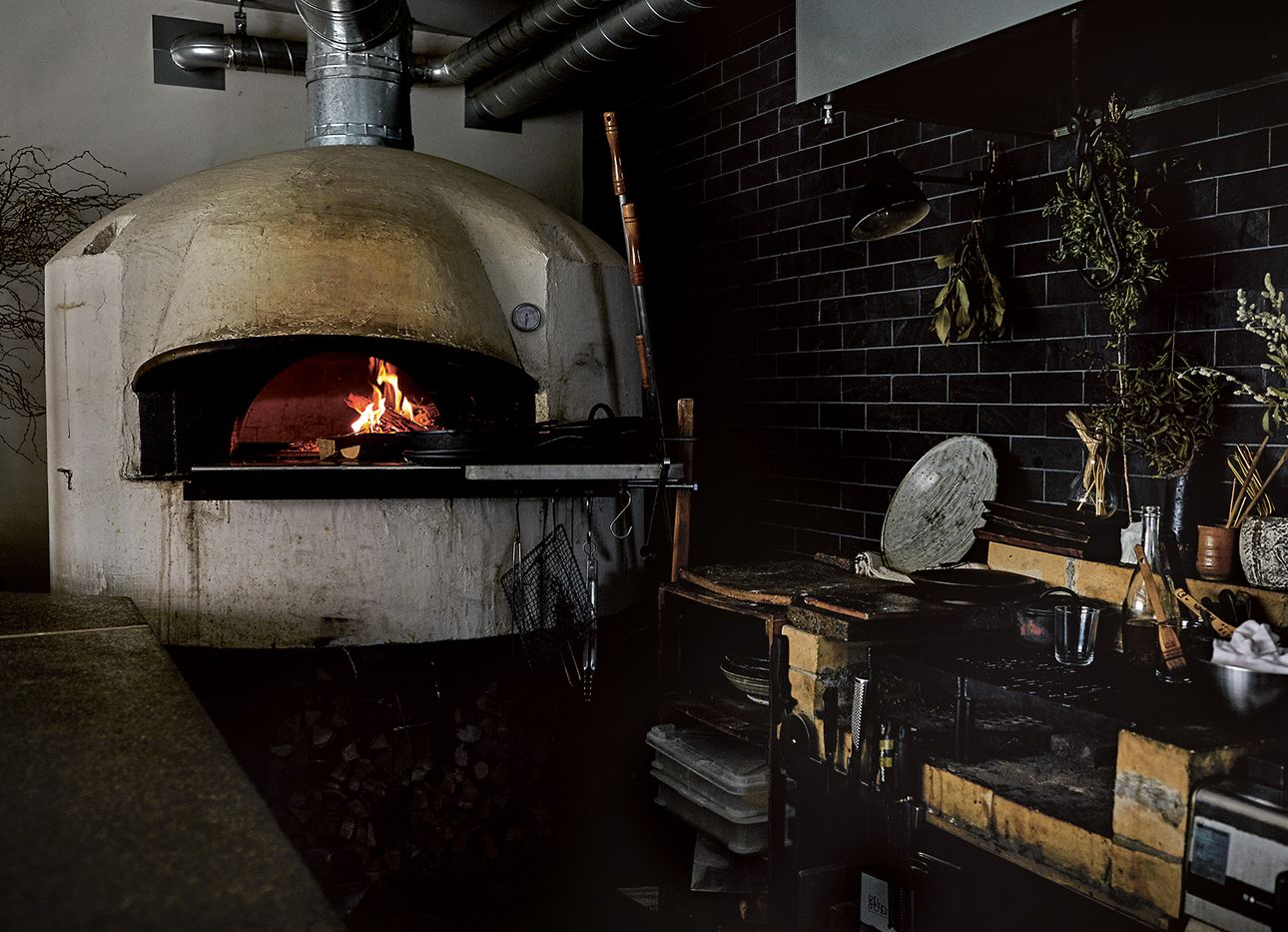
The Unexpected Advantages of Wood-Fired Cooking, Explained by Japanese Chef Yoshihiro Imai
Tucked along the Philosopher’s Path, a cherry tree–lined walk in Kyoto, Japan, that was regularly trod by early–20th century philosophy professor Kitaro Nishida, the restaurant Monk eschews cooking with gas in favor of an ancient alternative that suits its storied locale: the humble wood fire. Owned by up-and-coming chef Yoshihiro Imai, the 14-seat omakase-style space has become something of a pilgrimage for food obsessives, thanks in part to Imai’s already serious chops (before opening Monk in 2015, he was head chef of Japan’s Enboca, a celebrated three-location wood-fired pizzeria where his toothsome toppings included salted plums and white miso paste). On the occasion of Imai’s recently released cookbook, Monk: Light and Shadow on the Philosopher’s Path (Phaidon), in which he details why making food with timber-fueled flames is essential to his restaurant, we asked the chef about what attracts him to his fuel of choice, and how it can be used to delicious, unexpected ends.
“Human beings are instinctively drawn to fire. I love that wood-fired cooking is not the same every time, since the condition of the fire is always different. It makes me focus more. Modern cooking is sometimes perfectly controlled; I prefer more wild, lively ways of making food.
To make a fire, I mainly use oak that comes from the local forest. I’ve heard that some trees have more flavor, but for wood-fired cooking, I want to keep it neutral. The method creates a very high heat inside the oven, so things are cooked quickly and vegetable juices don’t get out. A good burned flavor can only be created by wood fire as well.
Heating up a wood-fired oven to make pizza takes a long time—almost three hours—but cooking a pizza only takes about a minute and a half. Toppings are a reflection of the season, so they change almost every day. Basically, I prepare six and let guests choose the ones they want. Many people ask me what my favorite topping is, but I cannot answer. I have three kids, and it’s a lot like being asked, ‘Which is your favorite child?’
A wood-fired oven invites a lot of possibilities. Not only for making pizza, but also for vegetables, fish, and meat—it makes everything delicious. And the oven heat from the night before is useful for making dried tomatoes, grapes, or for slow cooking other ingredients. After service, we bake bread from the oven’s after-heat, or sometimes roast coffee. We should all open our minds to cooking with wood fire. I believe it’s the oldest, [simplest] way to cook.”